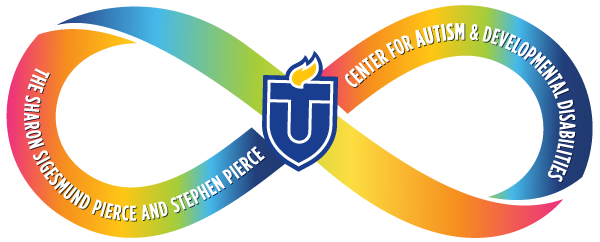Signs of Autism
Identifying the early warning signs of autism and developmental milestones can help you determine if you child needs further evaluation.
The two major symptoms of autism include:
- Challenges with social communication and interaction skills
- Restricted and repetitive behaviors
Early Warning Signs of Autism
|
age |
warning signs |
|---|---|
|
Newborn |
|
|
4-7 months |
|
|
8-12 months |
|
|
16-24 months |
|
|
Any age |
|
Developmental Milestones
A developmental delay is identified through assessments of simple skills. Milestones can be broken down by behavioral categories based on your child's age.
|
Milestone |
Typical Age Of Presentation |
Concern If Absent At: |
|---|---|---|
|
Searing for lost object in several places other than place object was last seen |
18 months |
24 months |
|
Playing with toys in functional way |
18 months | 24 months |
|
Re-enacting familiar activities |
18 months | 30 months |
|
Being able to imitate actions later |
18 months | 30 months |
|
Using one object to stand for another object in play |
18 months | 30 months |
|
Using imaginary objects in real play |
36 months | 48 months |
Social Emotional Development
Here are some key goals to consider at different early ages.
- 3 months:
- Can be calm/recover from crying with comforting
- Able to be alert/looks at speaker when talked to
- 5 months:
- Displays a positive affect toward primary caregiver
- Displays a full range of emotions
- 9 months:
- Makes purposeful two-way interactions
|
social emotional Milestone |
Typical Age Of Presentation |
Concern If Absent At: |
|---|---|---|
|
Shared attention: Do you see what I see? |
18 months |
30 months |
|
Showing strong sense of self: No, mine. |
18 months | 30 months |
|
Playing side by side with single peer |
24 months | 36 months |
|
Separating from parent without crying |
36 months | 48 months |
|
Labeling feelings in self |
36 months | 48 months |
|
Taking turns and sharing |
36 months | 48 months |
|
Playing group games with simple rules |
48 months | 60 months |
Language Development
The first five years of life are critical. This is when significant language development occurs.
- 1 year:
- Understands simple requests
- Very little verbal expressive ability (2-4 words)
- 5 years:
- Defines familiar words
- Argues
- Tells stories
- Comments on future events
- Lies
|
language Milestone |
Typical Age Of Presentation |
Concern If Absent At: |
|---|---|---|
|
Combining two ideas |
18 months |
24 months |
|
Naming one picture in a book |
18 months | 27 months |
|
Following two-step commands |
18 months | 27 months |
|
Making three- to four-word sentences |
24 months | 36 months |
|
Using pronouns appropriately |
24 months | 30 months |
|
Name use of common objects |
30 months | 36 months |
|
Identify two colors |
36 months | 42 months |
|
Understandable to a stranger |
36 months | 48 months |
